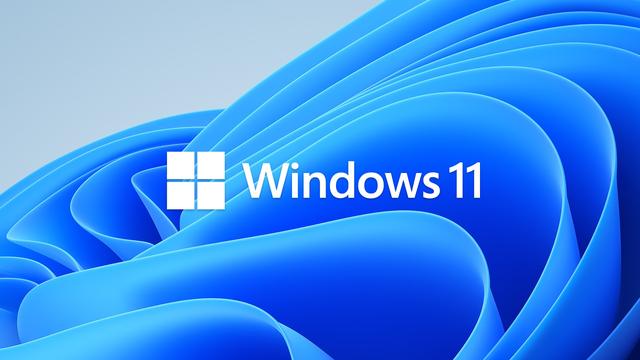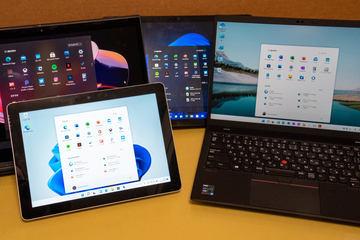
Is there a performance difference between Windows 11 and 10?I checked the compatibility and performance of the app
The hardware conditions are simple and clear, but the UEFI settings are not good.
The basic requirements for installing Windows 11 Insider Preview are as published by Microsoft. The hurdles for individual hardware such as CPU, memory, storage and video cards are low.
However, as already talked about, many systems will be shaken off when it comes to UEFI secure boot support (and CSM disabling) and TPM 2.0 support. For details, refer to the related article below.
Related article[Ubiquitous Information Bureau of Kazuki Kasahara] Why does Windows 11 require TPM and CPU restrictions are strict? Explain in detail the reason

What is "TPM 2.0" that became mandatory in Windows 11? Introducing the role of TPM and confirmation method
On the other hand, regarding CPU, there is also a requirement that Intel is 7th generation Core or later, and AMD is Ryzen or later of Zen1 architecture. Initially, the 8th generation Core was supposed to be Zen 2 architecture or later, apparently due to testing within Microsoft. I can't do it before the release. It may change again depending on future trends.
I've introduced some of the conditions, but it's actually quicker to try using a utility that will determine if Windows 11 Insider Preview is supported. The best is Microsoft's "PC Health Check" tool, but at the time of this verification, it is being prepared for temporary withdrawal.
Microsoft's "PC Health Check"Therefore, I would like to introduce a utility by volunteers who can make alternative and more detailed judgments. At the time of initial release, the PC normality check was only OK / NG judgment, but "WhyNotWin11" judges whether it is compatible for each item, so which hardware and which setting should be used. You can figure out if there is a problem.
Robert C. Maehl's "Why Not Win 11" Related Articles"Why Not Win 11" that kindly tells you why you can't upgrade to "Windows 11"
Perhaps the most stumbling blocks in determining whether to install Windows 11 Insider Preview are UEFI settings, Secure Boot, CSM, and TPM 2.0. As for homebrew PCs, the default settings for UEFI on the motherboard are Secure Boot Disabled and CSM Enabled. Also, TPM 2.0 is often disabled by default. However, this does not apply to notebook PCs and completed desktop PCs.
First of all, please refer to the manual of the PC or motherboard, but in general, you can call the UEFI setting screen by pressing a key such as Del or F2 immediately after turning on the power of the PC.
For secure boot and CSM, find the corresponding item in the UEFI settings and set Secure Boot Enabled and CSM Disabled. For TPM 2.0, for motherboards with Intel chipsets, the item "Intel Platform Trust Technology" is applicable, so enable it.
Secure Boot to Enabled, CSM to Disabled, Intel PTT to Enabled